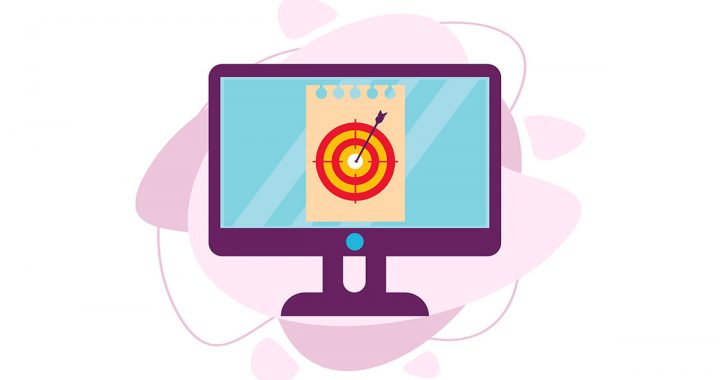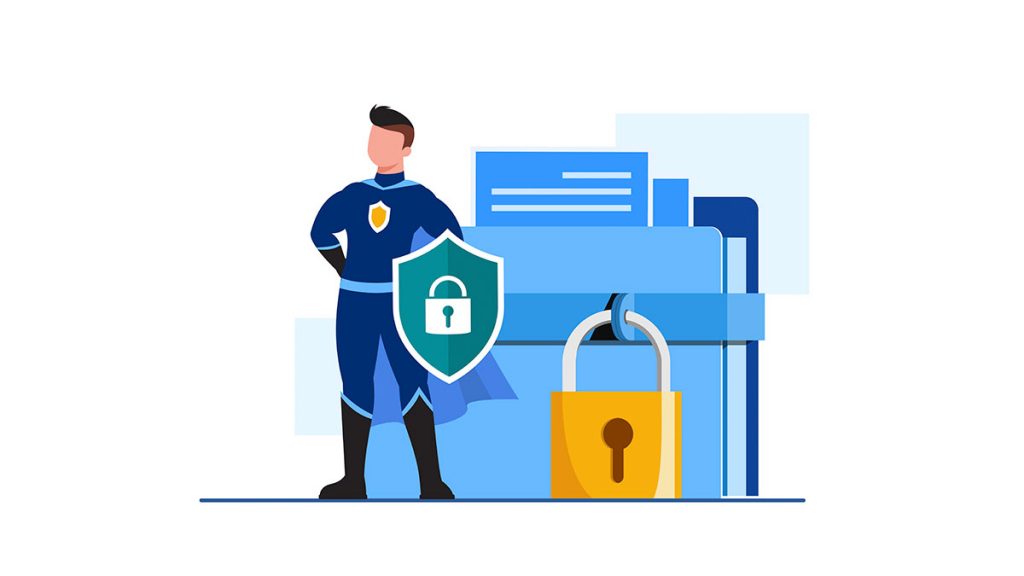We’ve heard lots of content marketing buzzwords in recent times. Some were fleeing trends that you may or may not have jumped on board. Others, however, are here to stay.
Content hyper-personalization is undoubtedly one of them. As the name implies, the practice takes everything we know about personalization to a whole new level. If done properly, hyper-personalization can uncover loads of valuable customer data that helps you build deeper relationships with your audience and make their loyalty skyrocket.
In this article, you’ll see how this works in practice and what it takes to achieve the above benefits. But first, let’s see what makes hyper-personalization so “hyper.”

Personalization vs. Hyper-Personalization
In some shape or form, personalization has existed for as long as digital marketing. Businesses always strived towards tailoring their message to the target audience. In the early days, just knowing what a customer might type into the search query was enough. All you’d have to do is put that same phrase in your content, and you’d be golden.
Over time, markets became more sophisticated. Luckily, so did the tools necessary for understanding them, allowing us to get more information about our customers. Marketers started segmenting their audience according to age, location, gender, and other demographics. If you could call a customer by their name in an email sequence, you would’ve succeeded with personalization.
As each market started breaking down into more and more niches, surface-level demographics weren’t enough for proper targeting. It became imperative to understand things like customer intent, motivation behind purchase decisions, and overall online behavior.
Today, we have tools that can give us all that information. Automation, AI, and real-time data offer an in-depth insight into a customer’s mind, which allows you to speak to them like a genuine friend.
This is the cornerstone of content hyper-personalization. It all comes down to making your audience feel like your message is for them and them only. The question is – how do you do it?
If you’re not sure where to start, here are some useful tips to follow:
1. Befriend Technology
Digital marketing and tech advancements go hand in hand. Hyper-personalization wouldn’t be possible without new platforms that take your analytics to the next level.
There are all sorts of tools that you’ll want to use to gather all the relevant customer data. For instance, Buffer is a social listening tool that monitors users’ behavior and lets you predict how they’ll use various platforms. This allows you to find the perfect time to post your content and know the exact type that people will interact with the most.
Another excellent platform to leverage is IBM Watson. From uncovering new audiences to conducting sentiment analysis, it offers a broad spectrum of hyper-personalization opportunities. Like most advanced tools, it’s powered by AI, which means you’ll have no trouble keeping up with changing customer behavior.
If you need somewhere to store all the usable information you gather, LiveRamp can be a great data management tool for you. You can create data flows that will help you put all the market knowledge to good use.
Of course, these are only some of the many hyper-personalization tools out there. If you haven’t already, you’ll want to explore them sooner rather than later.

2. Make Your Content Human
Even though the input you’ll gather for content hyper-personalization is driven by machines, it doesn’t mean that the output should be as well. The whole point of hyper-personalization is to approach your audience in the most human, genuine way possible.
So what does this look like in practice?
Take Netflix’s recommendations as an example. Recommending similar movies or TV shows is nothing groundbreaking. But did you know that the platform also adjusts the thumbnail according to what it thinks you’ll be interested in?
For instance, if you watch a lot of horror, the thumbnail you see in a recommended show is likely to be a scary scene. If you watched movies or TV shows with a certain actor you like, that same recommendation would show up with the thumbnail of that actor, even if they’re not a lead.
You see, Netflix understands how people recommend movies and TV shows to one another. This is its way of emulating that. It’s one of the many tactics driven by hyper-personalization, and there’s no doubt it’s working.
So when you decide to post content based on analytics, make sure you’re not just thinking about cold data. Understand what that means for your customers, and tailor your content accordingly.

3. Protect Your Data
In 2021, the damage caused by data breaches reached its 17-year high at $4.24 million. As the world keeps moving more and more into the online space, it’s likely to be a rising concern. Considering that your content hyper-personalization efforts will largely depend on data, it’s paramount to keep it secure.
Make sure your network is secure and be very mindful of who connects to it. Avoid connecting any devices with sensitive data to public Wi-Fi networks. Also, use two-factor authentication whenever possible so that nobody can access your accounts without your knowledge.
Finally, keep all your security measures up-to-date. It might not be on your list of priorities with all the work you have to do, but you should never neglect your security.
4. Be Transparent About Data Gathering
As much as you have the right to data privacy, so does your audience. Data misuse is unfortunately not rare these days, and you don’t want to take part in it.
Let’s face it – people know that businesses gather their data already, so you might as well be upfront about it. It goes without saying that you should use that information responsibly. As long as you do, you’ve got nothing to hide.
It’s a good idea to familiarize yourself with privacy guidelines like GDPR (Global Data Protection Regulation) and CCPA (California Consumer Protection Act). That way, you’ll give the customers’ data the respect it deserves while still making sure you have what you need to create personalized content.

Forge Genuine Connections
Every business is in cut-throat competition for customers’ attention. Content hyper-personalization is an invaluable weapon in your arsenal, so don’t turn a blind eye to it. It’s only a matter of time before it becomes the new standard in content marketing, and it always pays to be an early adopter.
If you do it the right way, your audience will see you as so much more than just a business. With such closeness and loyalty, you’ll build a trusting community that’ll be the cornerstone of your success.

